Dear Readers,
AI plays a crucial role in our blog, helping us manage our time more effectively to keep the content flowing. While AI assists with content creation, which may lead to occasional spelling or grammar errors, our primary goal remains clear: to deliver meaningful insights to you. For important matters, please consult a specialist.
Thank you for your understanding and support.
Best regards,
Education.com.cy
Summary
This article explores effective music education strategies tailored for at-risk and special needs students, highlighting the significant impact of music on various aspects of their development. Research indicates that music education can enhance perception, cognition, motor skills, emotional well-being, and social interactions. For at-risk students, music programs provide a structured environment that fosters engagement, discipline, and a sense of achievement. Special needs students benefit from music’s ability to improve motor coordination, communication skills, and emotional expression.
Key strategies include incorporating multisensory approaches, adapting instruments and activities to individual needs, and using music as a medium for social interaction and emotional regulation. The article emphasizes the importance of personalized instruction and the integration of music therapy techniques to address specific developmental goals. By leveraging the unique benefits of music education, educators can create inclusive and supportive learning environments that promote the overall growth and development of at-risk and special needs students.
Introduction
Music education has long been recognized for its multifaceted benefits, ranging from cognitive and emotional development to social and motor skills enhancement. However, its potential impact on at-risk and special needs students is particularly profound. These students often face unique challenges that can hinder their academic and personal growth. By integrating tailored music education strategies, educators can create inclusive learning environments that foster resilience, self-expression, and a sense of belonging. This article explores effective music education strategies designed specifically for at-risk and special needs students, highlighting research-based approaches and practical applications that can make a significant difference in their lives. Through these strategies, we aim to provide educators with the tools necessary to harness the power of music to support and uplift every student, regardless of their individual circumstances.
Main Sections
Understanding At-Risk and Special Needs Students
Understanding at-risk and special needs students is crucial for developing effective music education strategies tailored to their unique requirements. At-risk students often face challenges such as socio-economic disadvantages, learning disabilities, or behavioral issues that can hinder their academic and social development. Special needs students may have a range of disabilities, including cognitive, emotional, physical, or sensory impairments, which require specialized instructional approaches.
For at-risk students, music education can serve as a powerful tool to enhance engagement, motivation, and self-esteem. It provides a creative outlet and can improve social skills, emotional regulation, and academic performance. Strategies might include incorporating culturally relevant music, providing opportunities for student choice and voice, and using music as a medium for interdisciplinary learning.
For special needs students, music education should be adapted to accommodate their specific needs. This might involve using assistive technology, modifying instruments, or employing multisensory teaching methods. Music can aid in the development of motor skills, communication abilities, and cognitive functions. It is essential to create an inclusive environment where all students feel valued and supported.
Overall, understanding the diverse backgrounds and needs of at-risk and special needs students allows educators to design music education programs that are both accessible and impactful, fostering growth and development in a supportive and engaging manner.
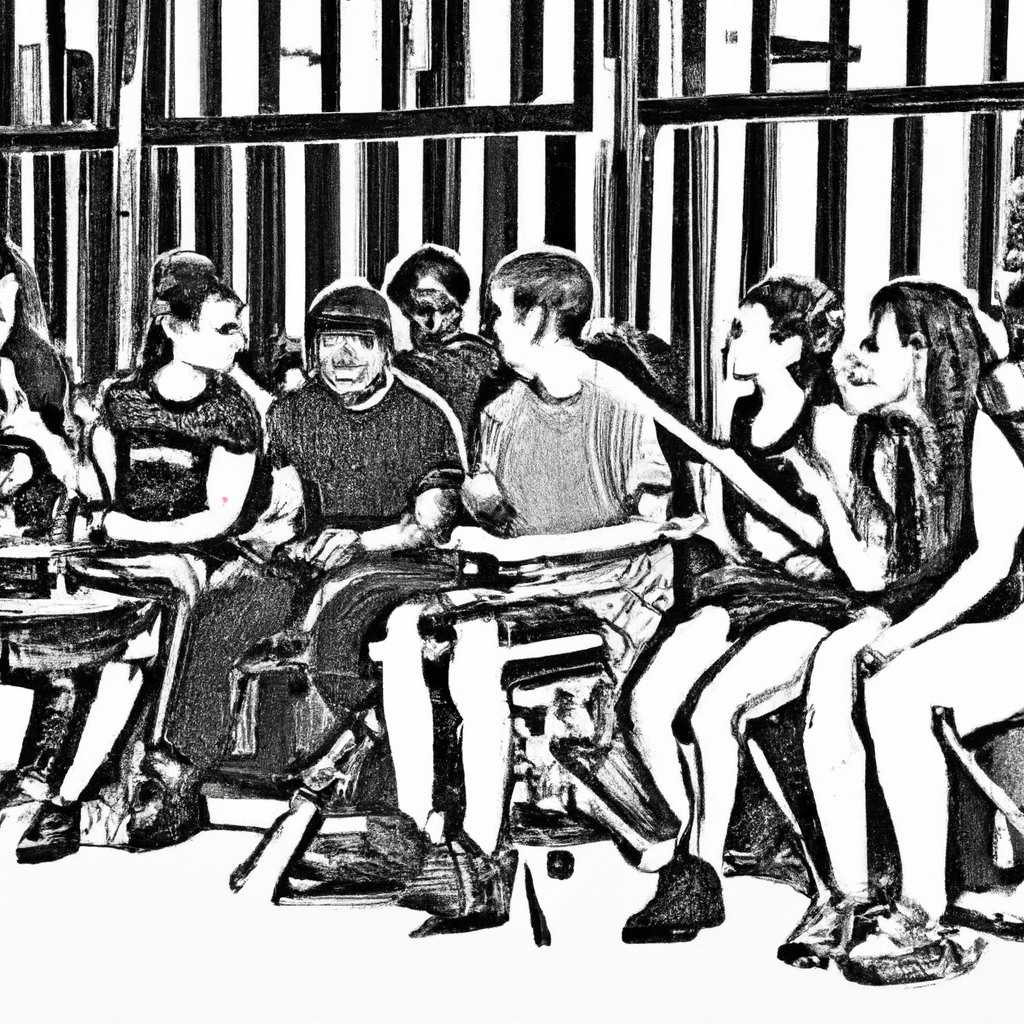
Benefits of Music Education for At-Risk and Special Needs Students
Music education offers significant benefits for at-risk and special needs students, providing them with unique opportunities for growth and development. For at-risk students, music education can serve as a powerful tool for engagement and motivation, often leading to improved academic performance and reduced behavioral issues. The structured environment of music classes can offer a sense of stability and accomplishment, fostering self-esteem and resilience.
For special needs students, music education can be particularly transformative. It aids in the development of both fine and gross motor skills through the physical act of playing instruments and participating in movement activities. Additionally, music education supports cognitive development by enhancing memory, attention, and problem-solving skills. Emotional and social benefits are also significant, as music provides a medium for expression and communication, helping students to connect with their peers and build social skills.
Overall, incorporating music education into the curriculum for at-risk and special needs students can lead to holistic improvements in their educational experience, promoting both personal and academic growth.
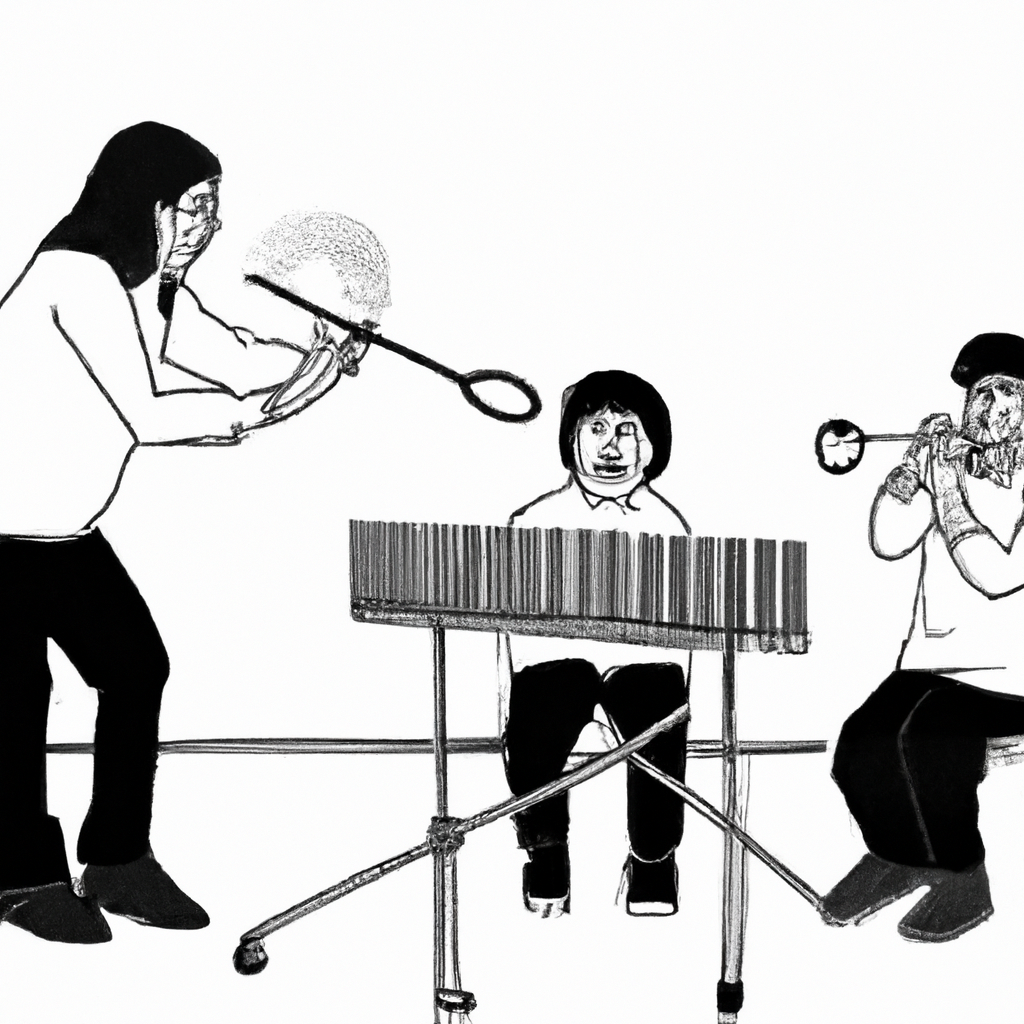
Find out how the strategies discussed in the article
"How Teaching a Song Can Improve Your Child’s Learning and Well-Being"can help address internet addiction in children and teens.
Effective Music Education Strategies
Effective music education strategies for at-risk and special needs students should be tailored to address their unique challenges and leverage their strengths. Here are some strategies that can be effective:
-
Individualized Instruction: Tailor lessons to meet the specific needs and abilities of each student. This can involve modifying the pace, content, and delivery of instruction to ensure that all students can participate and benefit.
-
Multisensory Approaches: Use a combination of auditory, visual, and kinesthetic learning activities. For example, incorporating movement and visual aids can help reinforce musical concepts and keep students engaged.
-
Positive Reinforcement: Provide consistent and immediate positive feedback to encourage progress and build confidence. Celebrating small achievements can motivate students to continue learning.
-
Structured Environment: Create a predictable and structured learning environment. Clear routines and expectations can help students feel secure and focused.
-
Collaborative Learning: Encourage group activities and peer interactions. Collaborative projects can enhance social skills and provide a sense of community and support.
-
Technology Integration: Utilize technology, such as music software and apps, to provide interactive and engaging learning experiences. Technology can also offer alternative ways for students to express their musical ideas.
-
Adapted Instruments: Provide instruments that are adapted to the physical needs of students. For example, using larger drumsticks or modified keyboards can make playing instruments more accessible.
-
Therapeutic Techniques: Incorporate elements of music therapy, such as improvisation and songwriting, to address emotional and behavioral needs. Music therapy techniques can help students express themselves and manage stress.
-
Cultural Relevance: Include music that reflects the cultural backgrounds and interests of the students. This can increase engagement and make learning more meaningful.
-
Professional Development: Ensure that educators receive ongoing training in special education and inclusive teaching practices. Understanding the diverse needs of students can help teachers implement effective strategies.
By implementing these strategies, educators can create an inclusive and supportive music education environment that fosters growth and development for at-risk and special needs students.
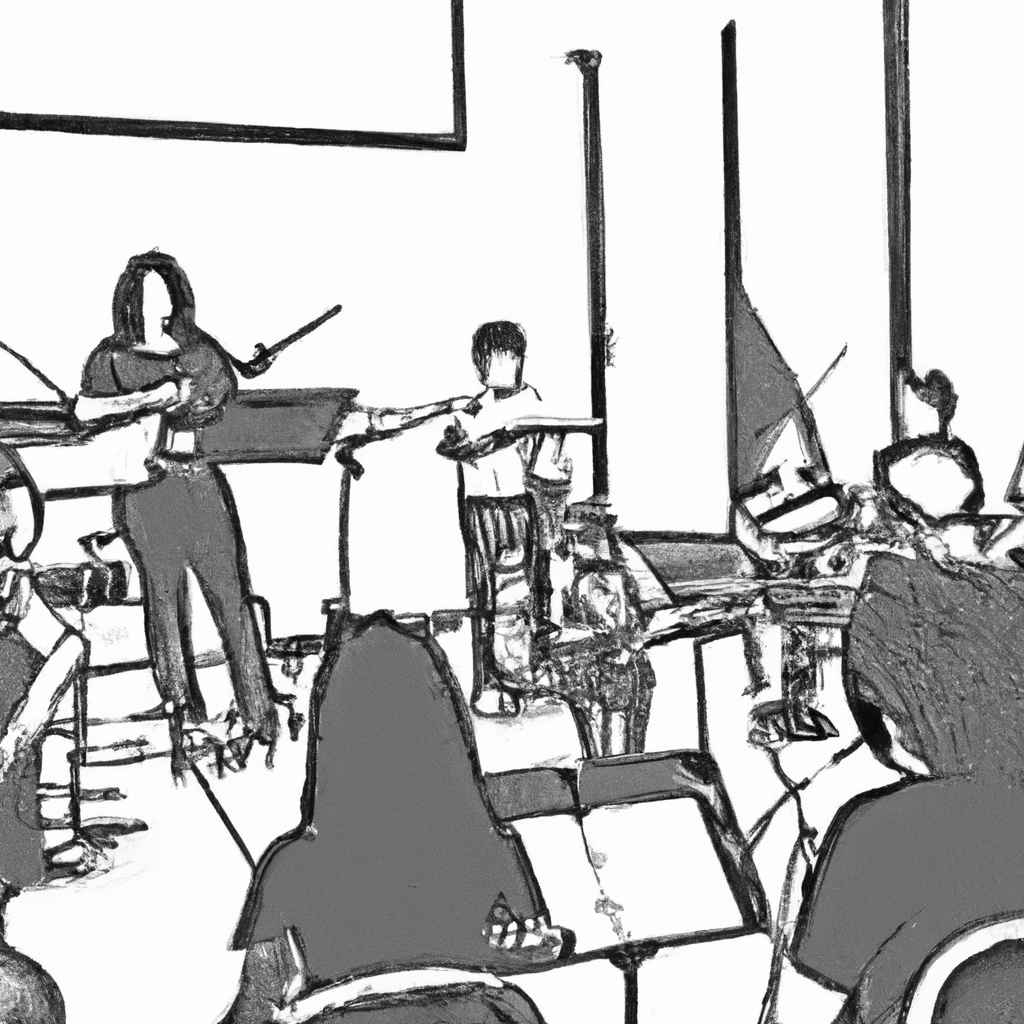
Case Studies and Success Stories
Case studies and success stories provide valuable insights into the effectiveness of music education strategies for at-risk and special needs students. These narratives often highlight the transformative impact of tailored music programs on individual students’ growth and development.
One notable case study might involve a music education program implemented in a school for at-risk youth. The program could focus on using music as a tool for emotional expression and social development. Success stories from this program might include students who, through participation in music activities, have shown significant improvements in behavior, academic performance, and self-esteem. For instance, a student struggling with behavioral issues might find a constructive outlet in learning to play an instrument, leading to better classroom behavior and enhanced social interactions.
Another case study could explore a music therapy program designed for students with special needs, such as those with autism spectrum disorder (ASD). Success stories from this program might include students who have developed better communication skills and increased social engagement through structured music activities. For example, a non-verbal student with ASD might begin to use musical instruments to communicate emotions and needs, thereby improving their overall quality of life and interaction with peers and teachers.
These case studies and success stories underscore the potential of music education to address the unique challenges faced by at-risk and special needs students, offering them new avenues for personal and academic growth.
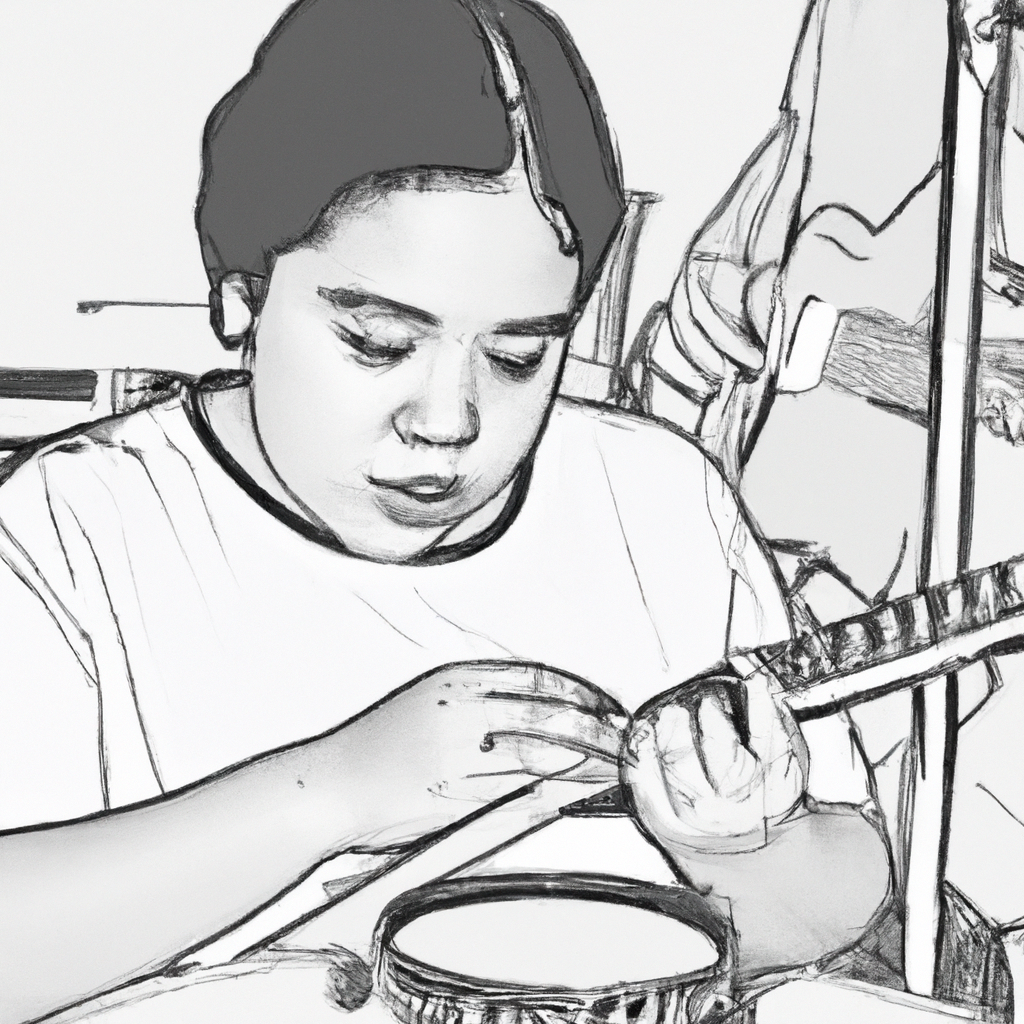
Challenges and Solutions in Implementing Music Education
Implementing music education for at-risk and special needs students presents several challenges, but there are effective solutions to address these issues.
Challenges:
1. Resource Limitations: Schools often face budget constraints that limit access to musical instruments, specialized equipment, and trained music educators.
2. Diverse Needs: At-risk and special needs students have varied and specific requirements that can make it difficult to design a one-size-fits-all music curriculum.
3. Training and Expertise: General music educators may lack the specialized training needed to effectively teach students with diverse needs.
4. Engagement and Motivation: Keeping at-risk and special needs students engaged can be challenging, particularly if they have had negative prior experiences with education.
5. Assessment Difficulties: Standard assessment methods may not accurately reflect the progress and abilities of at-risk and special needs students in music education.
Solutions:
1. Customized Curriculum: Develop individualized music education plans that cater to the specific needs and abilities of each student. This can include adaptive instruments and technology that make music more accessible.
2. Professional Development: Provide ongoing training for music educators to equip them with the skills and knowledge needed to support at-risk and special needs students effectively.
3. Collaborative Approach: Work with special education professionals, therapists, and counselors to create a supportive learning environment that addresses both the educational and emotional needs of students.
4. Engaging Activities: Incorporate a variety of engaging and interactive music activities that can capture the interest of students and keep them motivated. This can include music games, movement activities, and opportunities for creative expression.
5. Alternative Assessments: Use alternative assessment methods such as observational assessments, portfolios, and performance-based evaluations to better capture the progress and achievements of students.
By addressing these challenges with targeted solutions, music education can become a powerful tool for the growth and development of at-risk and special needs students.
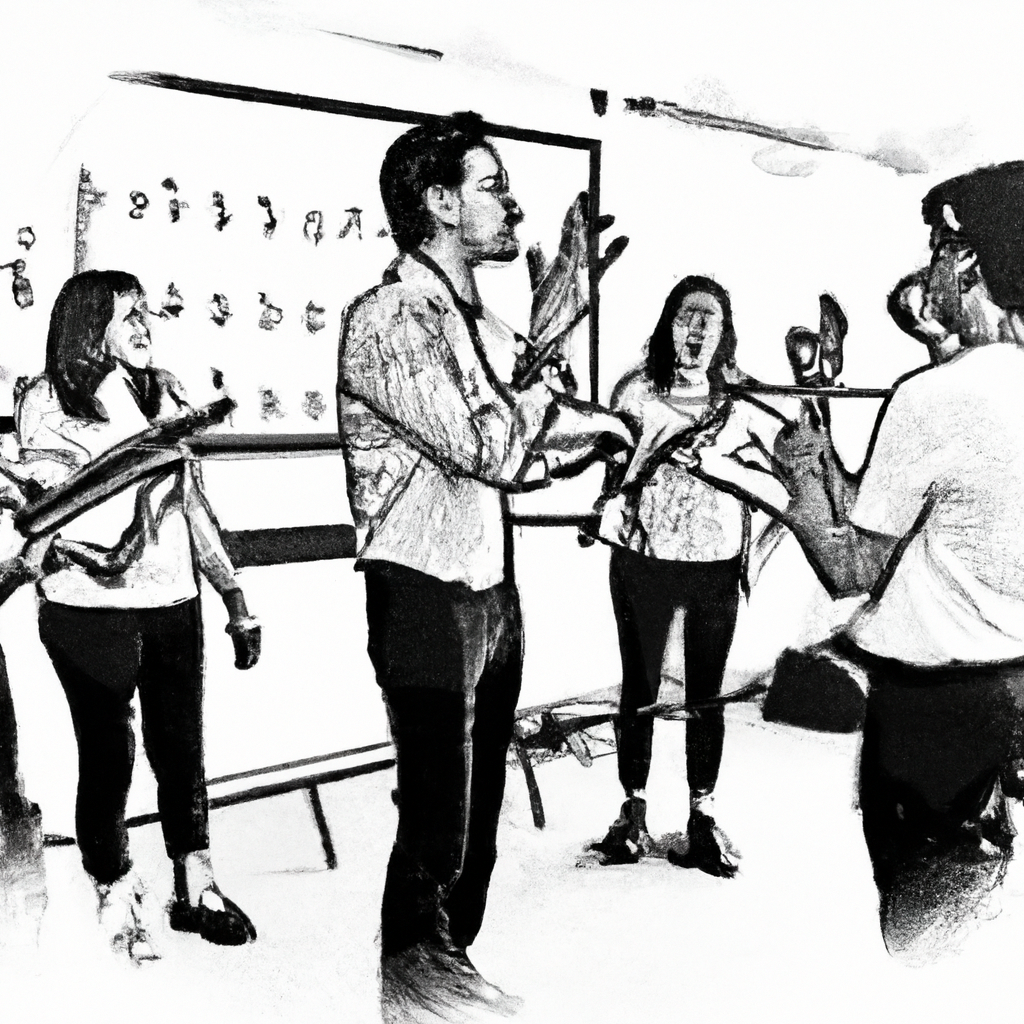
Conclusion
In conclusion, music education offers a powerful tool for enhancing the growth and development of at-risk and special needs students. The research highlights the multifaceted benefits of music instruction, including improvements in cognitive, motor, emotional, and social domains. Tailored music education strategies can provide these students with unique opportunities for engagement, self-expression, and skill development. However, the existing body of research also underscores the need for continued investigation to refine these strategies and ensure they are effectively meeting the diverse needs of these populations. By prioritizing music education and investing in further research, educators and policymakers can better support the holistic development of at-risk and special needs students, fostering an inclusive and enriching learning environment.

Thank you for reading our article on Music Education Strategies for At-Risk and Special Needs Students. We highly value your feedback and invite you to take a brief survey to share your thoughts and experiences. Your responses will be kept confidential.
Dear Readers,
Welcome to my blog, where technology, music, and visual arts come together to spark creativity and growth. By subscribing, you’ll become part of a vibrant community committed to exploring and learning in these areas.
Select the type of engagement that suits you best:
Join us and enjoy tailored content and direct support suited to your interests.
